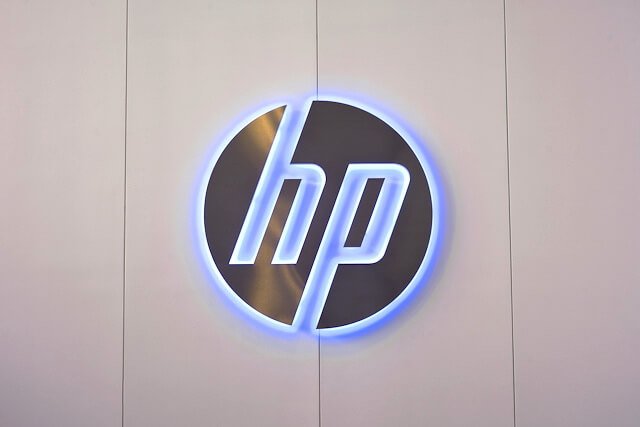Hewlett Packard Enterprise has presented the new IoT gateway devices for gathering and analyzing data at the edge of the network.
Hewlett Packard Enterprise has introduced its new Internet of Things (IoT) systems that will help companies improve the process of collecting and processing data at the edges of IoT network. The announcement was made on Wednesday during the Discover event in London.
Designed in partnership with Intel, the devices will allow companies to create IoT networks to gather, process and analyze data at the edge of the network. The devices will also enable enterprises to define useful data to avoid overload of the network. The IoT Systems EL10 and EL20 are currently available.
There are two methods of collecting data from IoT devices. One way stipulates sending data gathered in the network to the core of the system (generally a data center) for analysis. Meanwhile, a more recent way to approach IoT, which complies with HPE’s strategy, is to shift computing power and data management to the edge of the network, or closer to the source of data. Computing at the edge of the network enables companies to speed up access to data and demands less bandwidth to send it.
The IoT System EL10 is a platform developed for entry-level deployments. The EL20, which includes additional features, is created for more demanding high volume deployments. Both systems are certified to work with Microsoft Azure IoT Suite.
“Hewlett Packard Enterprise has one of the industry’s most comprehensive portfolios of IoT solutions and services,” Antonio Neri, Executive Vice President and General Manager of the Enterprise Group, Hewlett Packard Enterprise, told Computerworld.
“The new solutions are important elements of our strategy of delivering more connectivity and computing power at ‘the edge,’ and helping customers maximise the value and minimise the risks from IoT at the speed of business,” he added.
The edge computing devices will be available in mobile, rack-mounted and ruggedized versions and are planned to be used in government, transportation, retail, industrial, healthcare and logistics sectors.
The company’s future Edgeline products will integrate its energy efficient Moonshot system architecture, which uses less space and costs less if compared with traditional servers.
According to the analyst company Gartner, the use of the Internet connected devices is forecasted to increase by 30% from 2015, achieving 6.4 billion connected “things” next year.
The IoT technology has a wide range of benefits. It could help companies reduce costs as well as reach higher revenues. Besides, collected data can aid organizations to predict when maintenance is required and analyze demand in the system. Among the challenges faced by companies is the high risk of hacker attacks, which requires an increased level of security. Also, it is important to define useful data as unnecessary data can strain the network.
Meantime, HPE’s company Aruba has revealed the first cloud-based beacon management solution developed for multivendor wi-fi networks. The new Aruba sensor combines Bluetooth low energy radio and a small wi-fi client to remotely run Aruba Beacons across existing multivendor wi-fi networks. According to HPE, the sensors will enable companies to launch location-based services using Aruba Beacons and Sensors at the edge.
